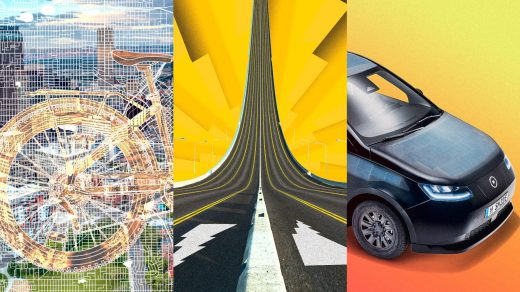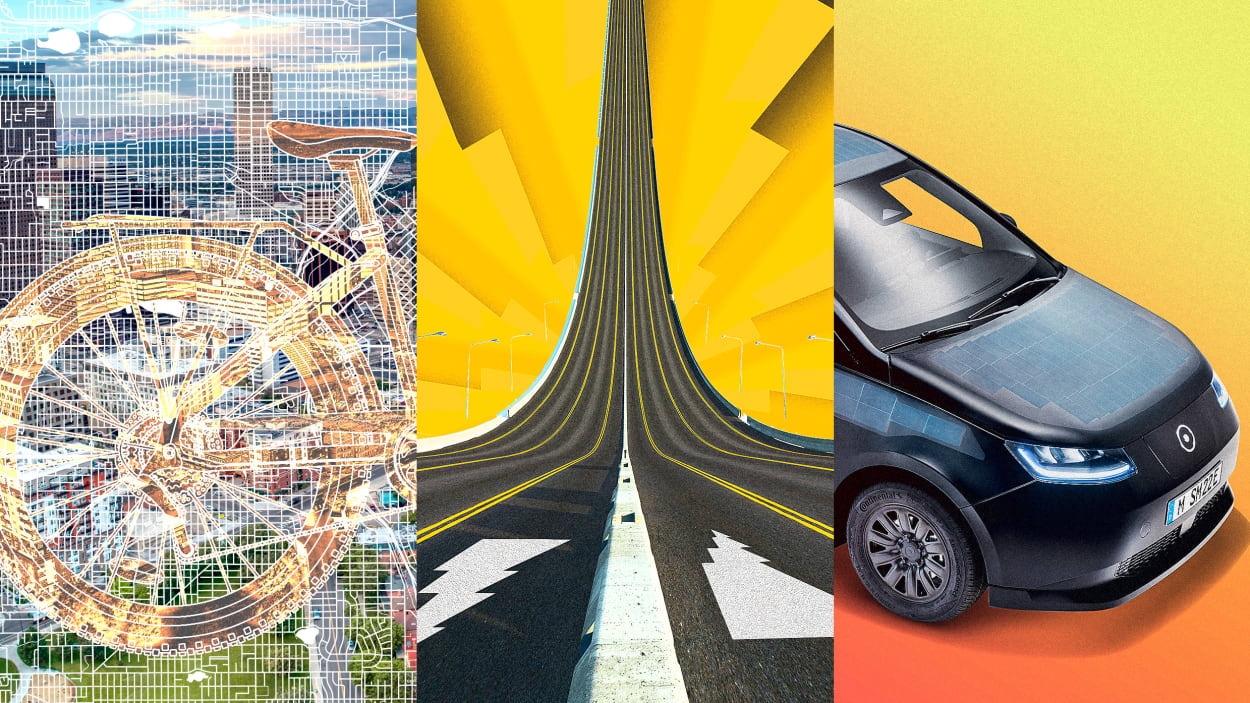17 ways that 2022 changed the EV market forever
When Ford’s first electric F-150 Lightning trucks started hitting roads earlier this year, it was one sign that electric vehicles are now mainstream. The truck, the newest version of the best-selling vehicle in the U.S., was designed to convert drivers who might not have considered EVs in the past.
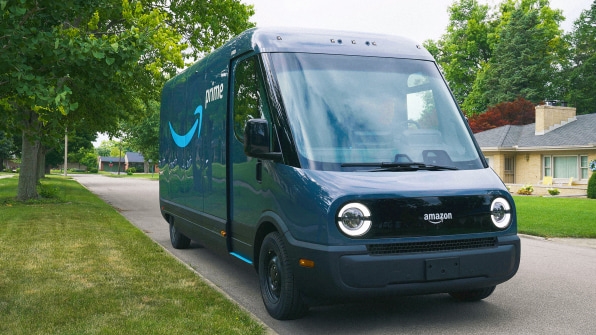
Your latest Amazon delivery might have showed up in an electric van (and in some cities, you might get deliveries via an electric bike). Most major car companies are planning for a transition to EVs; BMW plans for half of its sales to be electric by 2030, and Volvo plans to reach the same goal by 2025. More than 2,300 school buses are going electric. PepsiCo just got its first delivery of Tesla’s electric semis, and large charging stations for trucks will soon be in place. Even electric cargo ships are now under development.
Six percent of new car sales are now electric vehicles—a number that might sound small, but represents what’s likely to be a crucial tipping point for much faster adoption. The incentives in the recently-passed Inflation Reduction Act will help spur more sales in the U.S., and more domestic manufacturing of EV batteries. Half a million new EV chargers will be rolled out across the country. Both California and the European Union will now ban the sale of new gas cars by 2035. Here are 10 of the many EV stories we covered this year.
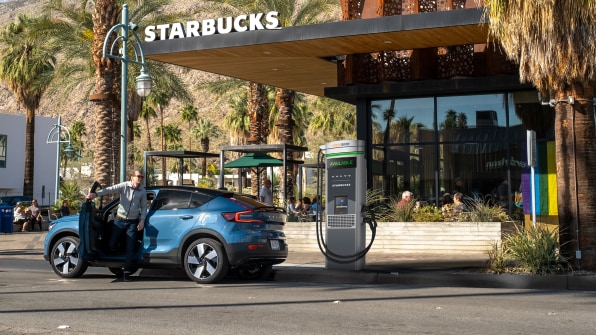
Starbucks wants to become the gas station of the future for EVs
The U.S. may need 10 times as many EV chargers by the end of the decade to keep up with millions of new electric vehicles on roads. While federal funding is helping states roll out chargers, Starbucks also sees itself as a natural place for drivers to stop and charge. The store installed new chargers in a “charging desert” this year. IKEA is also adding new chargers at stores.
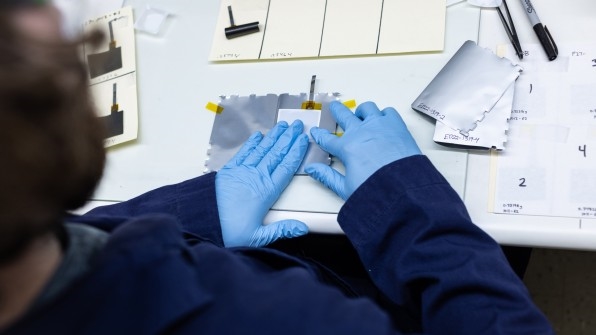
These rechargeable batteries are more sustainable and safer than lithium—and half the cost
The critical materials used in current EV batteries, including lithium and cobalt, cause environmental and social challenges in the supply chain, and are at risk of shortages. But multiple new battery technologies are in development. This version, from Boston-area startup Alsym Energy, is water-based and uses other cheap, readily-available materials. Other companies are moving forward with alternatives like solid-state batteries.

Inside the fight over electrifying the postal service’s new trucks
Mail trucks are a natural fit for electrification: They take a predictable route each day that’s usually fairly short, and they can charge overnight. But USPS has resisted a full switch to EVs, arguing (with questionable math) that they’re too expensive. Under pressure, the agency committed to increase its first EV order. Then the Inflation Reduction Act gave USPS $3 billion to buy electric vehicles, and in late December, the agency announced that it was finally going electric, with plans to buy only EVs after 2026.
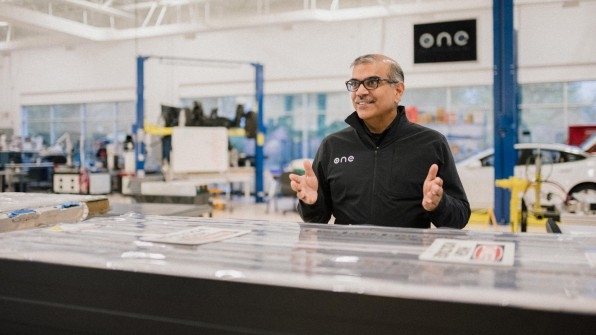
He worked on Apple’s secretive EV project. Now he’s designing a battery with 600 miles of range
A startup called ONE, from a former Apple EV engineer, is working on a unique new type of battery that uses different tech for short drives than long road trips. The split design makes it possible to switch to lower-cost materials and dramatically boost how far a car can go on a single charge. The company is building a new factory in Michigan and will begin working with BMW to test the tech in its cars early next year.
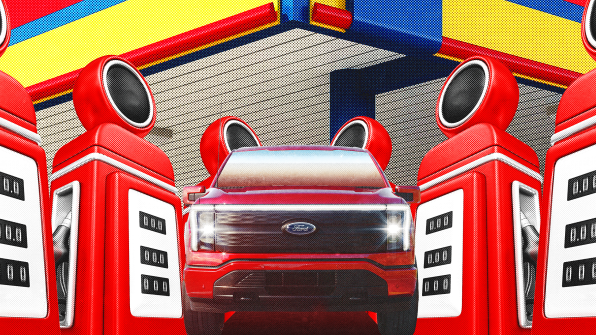
These EVs are cheaper to own than their gas-powered counterparts
Electric cars have a reputation for being expensive, but some are already cheaper to own than comparable models running on fossil fuels. That’s partly because electricity is cheaper than gas (something especially apparent earlier this year as prices surged at the pump) and because EVs require less maintenance over their lifetime. Some of the math has changed since the report covered in this story—Ford has raised the price of the F-150 Lightning, for example, but on the plus side, the Inflation Reduction Act added new incentives, including a tax credit for used EVs.

The largest battery recycling plant in North America is about to open
To help deal with the coming surge of used EV batteries—and provide a new domestic supply of materials—a massive new battery recycling plant opened in Georgia this August, using a new process that can mine batteries for valuable materials more cost-effectively. The startup in this story, now renamed Ascend Elements, has a second facility now under construction in Kentucky.
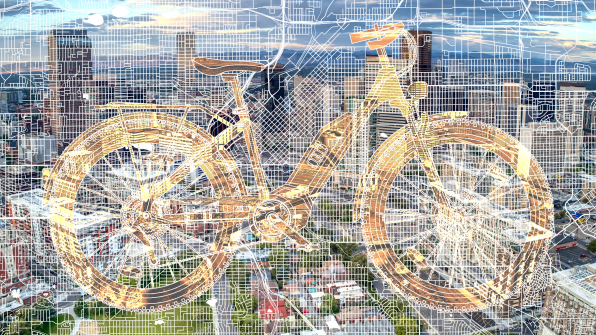
Denver spent $4.1 million to get more people on e-bikes. It worked
When the city of Denver wanted to nudge more drivers to try biking on their commutes, it started giving out electric bike rebates of up to $1,200 that residents could use at local bike shops. Thousands of residents have claimed the vouchers, which have been so popular that the city wants to offer more than it originally planned. An app used by some participants suggests that most are now riding at least once a week.

These electric school buses can help power the grid
When EVs aren’t driving, they can double as backup power for the grid. Electric school buses are well suited to help: If they aren’t in use in the middle of the day or the summer, when the most solar power is generated, they can use their batteries to store extra energy and then sent it back to the grid when it needs more power. A handful of new pilot projects are testing how the buses can help, including this project with eight electric buses in Southern California.

Detroit will soon get two roads that can charge your EV as you drive
In a new “mobility innovation district” near downtown Detroit, officials plan to soon begin testing wireless technology that can charge electric vehicles directly from the road itself, so drivers don’t have to stop at a charging station to plug in. The tech could be a gamechanger for large trucks, which could use smaller batteries to travel the same distance.
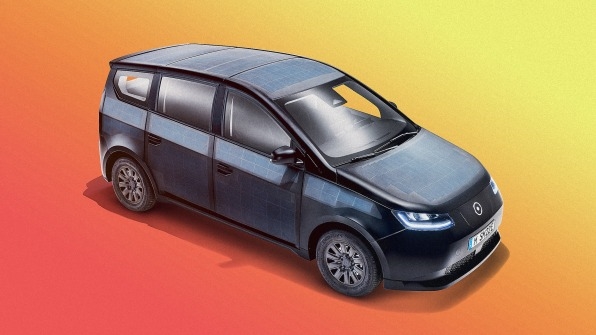
Park this electric car in the sun and it uses solar to give itself an extra charge
The roof and sides of a new electric car are covered in solar panels. Sono Motors, the German startup that designed the car, wanted to let drivers use the sun to charge their car while it’s parked outside during the day, so they have to plug in less often. For apartment dwellers, who often don’t have a way to charge their cars overnight, the design could make EVs more accessible.
(36)

